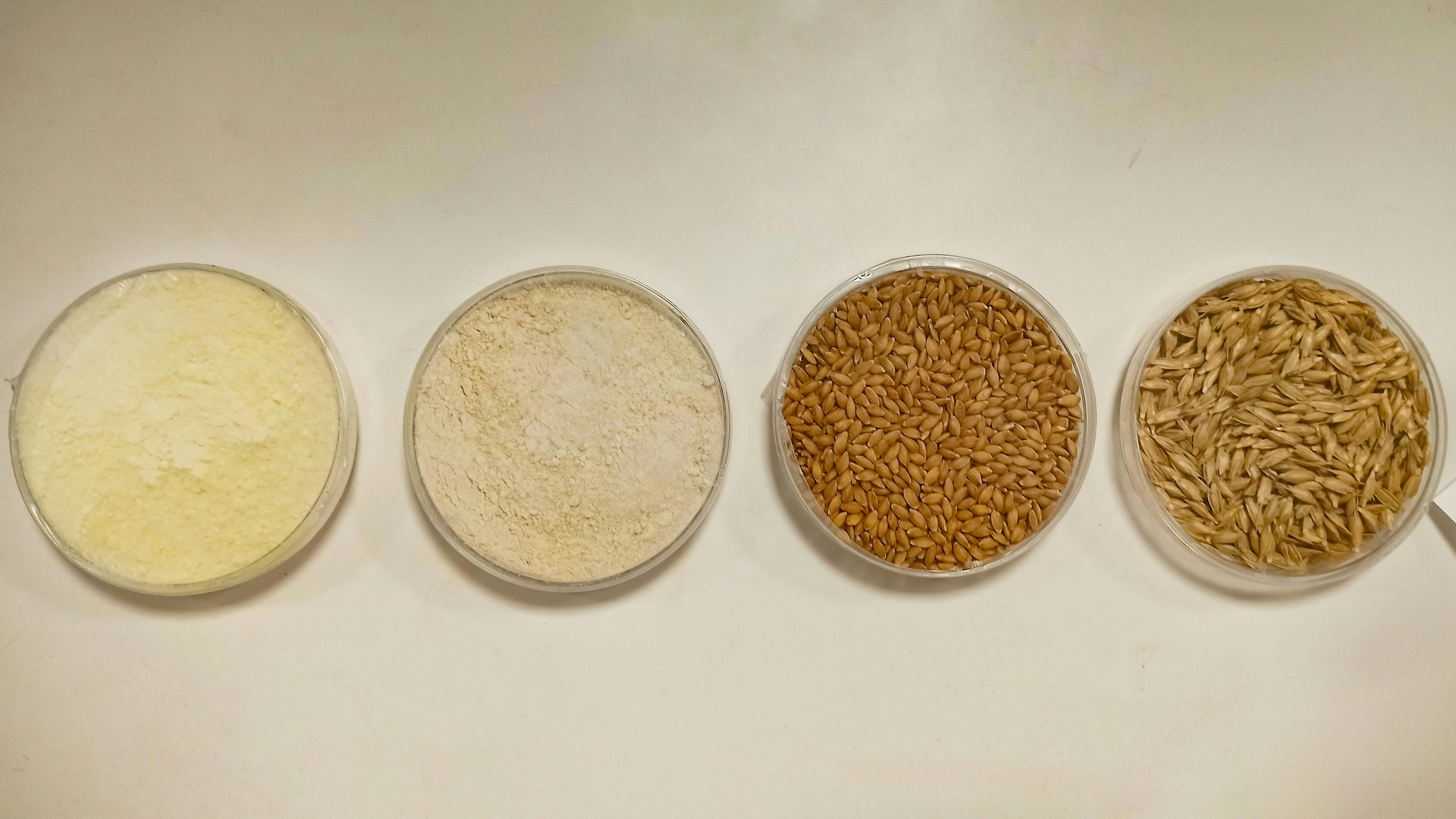Effective Ways to Optimize Your CICO Diet for Better Health in 2025

CICO Diet: Best 7 Strategies to Improve Your Health in 2025
The CICO diet, or calorie in calorie out method, has become increasingly popular for its straightforward approach to weight management. In this article, we will explore seven effective strategies that can enhance your health while following the CICO diet in 2025. By focusing on energy balance, nutrition, and practical applications, these strategies are designed to help you achieve your fitness goals sustainably. Let's dive into the detailed aspects of optimizing your health through the CICO diet.
Understanding the CICO Diet Fundamentals
At its core, the CICO diet is based on the principle of energy balance. You must consume fewer calories than you burn to create a caloric deficit, promoting weight loss and fat loss. Substantial understanding of your daily caloric intake is essential, which involves assessing both the calories ingested through food and the calories expended through daily activities and exercise. Developing a clear perception of your body’s metabolism and related factors is imperative for effective weight management.
Setting Your Daily Caloric Targets
Setting daily caloric targets based on personal metrics is crucial within the CICO approach. You can use online calculators or consult a dietitian to help you establish a caloric baseline. This will involve factors such as age, gender, weight, and activity level to determine your maintenance calories. Knowing how to adjust your target for weight loss helps to keep you accountable in your health journey. Remember, tracking your food diary can help ensure you remain within your energy goals day by day.
Smart Portion Control for Weight Management
Another crucial component of the CICO diet is portion control. It involves understanding standard serving sizes and applying them for meals and snacks to help maintain a caloric deficit. Utilizing kitchen scales, measuring cups, and even visual cues can help in serving appropriate portions and avoiding overeating. Moreover, practicing mindful eating by savoring each bite fosters a more gratifying eating experience while allowing you to be conscious about hunger cues and satiation, emphasizing healthy eating.
The Role of Macronutrients in the CICO Approach
While tracking calories is critical, a proper balance of macronutrients—proteins, fats, and carbohydrates—should not be overlooked. Including lean protein sources such as chicken, fish, beans, and legumes supports muscle maintenance and enhances satiety. Meanwhile, ensuring adequate carbohydrates offers the energy necessary to fuel your daily life and physical activity. Incorporating healthy fats from nuts, seeds, and avocados can further assist in balancing your meals effectively based on your nutritional needs.
Meal Planning Strategies for CICO Success
Effective meal planning enhances the success of the CICO diet by ensuring that your meals are prepped with the right balance of calories and nutrients. Meal planning not only helps in managing daily caloric intake but also ensures access to healthy options when cravings arise. Consider creating a weekly meal prep schedule that accommodates both your taste preferences and nutritional guidelines, allowing for diversity in meals while adhering to the calorie counts needed for your diet.
Weekly Meal Prep for Better Choices
Allocating time for weekly meal prep not only streamlines your cooking efforts but prepares you for the week ahead. Start by preparing large pot batches of healthy recipes for breakfast, lunch, and dinner. Assemble balanced meals in storage containers that feature a mix of protein, vegetables, and healthy carbohydrates. Having these meals readily available minimizes last-minute unhealthy food choices, tremendously assisting in achieving your weight management goals.
Smart Snacking for Effective Energy Control
Incorporating smart snacking into your plan reinforces a balanced diet and can help manage hunger throughout the day. With healthy snacks like vegetable sticks, yogurt, or a selection of nuts, you can fill in caloric gaps while still promoting a healthy diet. Maintaining healthy eating preferences and avoiding high-calorie, processed snacks keeps you in control of your caloric deficit and favors overall wellness.
Meal Timing and Eating Frequency
Understanding how meal timing impacts your energy levels and metabolism can significantly enhance your diet's effectiveness. Consider the frequency of meals that works best for your body; some may thrive on three main meals with minimal snacking, while others might benefit from smaller meals spread throughout the day. Testing out different meal frequencies can help determine the best fit for maintaining energy while respecting hunger cues.
Behavioral Changes for Long-term Adherence
In order to be successful with the CICO diet, focusing on sustainable behavioral changes can fuel long-term adherence to your goals. This involves understanding psychological factors in eating habits and finding motivation techniques that resonate with you. Formulating personalized strategies encourages accountability and enhances your weight loss journey by embedding healthier lifestyle habits over time.
Using a Diet Tracking App
Employing a diet tracking app can assist in learning more about your dietary habits and adjusting them accordingly. These apps not only help monitor your caloric intake but also offer insights into your macronutrient ratios and nutrition over time. Some allow for tracking emotional eating episodes as you explore your cognitive links to food, which fosters greater awareness and positively affects habit formation.
Setting Realistic and Achievable Goals
Establishing realistic health targets and fitness goals sets the foundation for success within the CICO diet framework. Building in small yet challenging milestones encourages a sense of achievement and avoids feelings of discouragement. Revisiting your goals periodically while adjusting them based on progress sustains motivation that drives you further on your weight loss journey.
Emphasizing Mindfulness in Eating
Integrating mindfulness into your eating habits aids in recognizing hunger cues and developing a richer connection to food. Consider engaging in a few moments of reflection before meals to appreciate what you’re about to consume. By focusing on flavors, textures, and your body’s responses to fullness, you promote a healthier relationship with food that aligns ideally with the CICO approach.
Conclusion
Incorporating these seven CICO diet strategies into your routine can significantly enhance your health and wellbeing. By ensuring you understand the macronutrients, engage in effective planning, monitor your behaviors, and emphasize mindfulness in your eating habits, you’ll be well on your way to achieving a balanced and sustainable lifestyle for 2025. Remember that improving your health is a journey, and each small change can contribute to substantial results.
Key Takeaways
- Understand daily caloric targets to maintain an effective caloric deficit.
- Focus on portion control and balanced macronutrients for overall health.
- Establish a feasible meal prep routine to enhance meal choices.
- Incorporate smart snacking to manage hunger effectively.
- Utilize tracking apps to monitor progress and behavior patterns.
FAQ
1. What is the main principle of the CICO diet?
The CICO diet revolves around the principle of calorie in calorie out, emphasizing that to lose weight, one must consume fewer calories than they expend. This creates an energy deficit that is essential for fat loss and overall weight management.
2. How can portion sizes impact the CICO diet?
Portion sizes play a critical role in the CICO diet, as they directly influence the total caloric intake. Understanding how to serve appropriate portions can help prevent overeating and maintain the desired caloric deficit.
3. What role do macronutrients play in sustaining energy?
Macronutrients, including carbohydrates, proteins, and fats, are essential for providing energy and support body functions. A balanced intake is critical in ensuring you not only meet your caloric needs but also maintain energy levels throughout the day.
4. Can exercise improve the effectiveness of the CICO diet?
Yes, engaging in regular physical activity enhances caloric burn, promoting a greater caloric deficit which is crucial for weight loss. Aligning an effective exercise routine with your dietary habits maximizes weight management results.
5. How can mindfulness affect diet adherence?
Practicing mindfulness during eating can help you recognize hunger cues and create a deeper awareness of your food choices. This deliberation helps in fostering healthier eating behaviors that support adherence to the CICO diet.
6. Can tracking apps really help with sticking to a diet plan?
Absolutely! Diet tracking apps can provide real-time insights into your caloric intake and nutrient distribution, making it easier to stay on track with your dietary goals. By logging meals and gaining detailed feedback on your habits, you can make informed adjustments towards better health outcomes.
7. Are there specific meals I should avoid to succeed in the CICO diet?
Avoiding high-calorie, low-nutrient foods is advised on the CICO diet, as they can lead to weight gains and hinder progress. Instead, opting for low-calorie, nutrient-dense foods ensures you remain satisfied while keeping your calories in check.
With the right strategies and a well-planned approach, the CICO diet can be a sustainable path toward your health goals in 2025.

